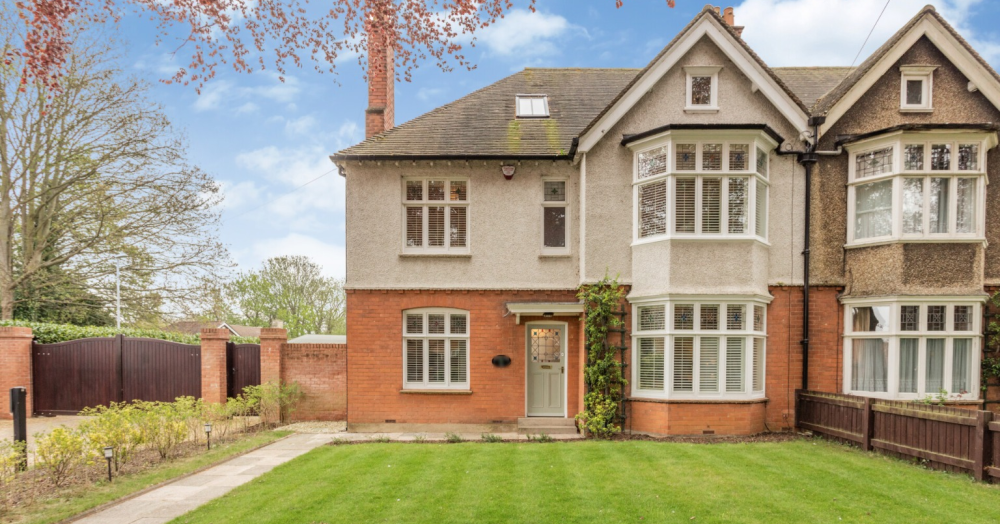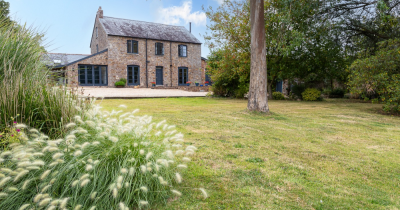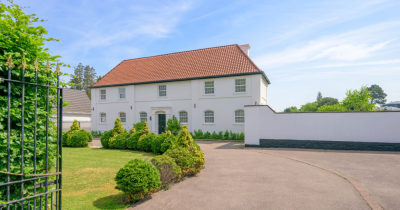Design directory: 1930s architecture
The 1930s marked a distinctive era in British homebuilding, leaving a legacy of homes that are still cherished today for their character, practicality, and adaptability. Read on for our definitive guide to the 1930s home.

If you are considering buying or renovating a 1930s property, or simply want to appreciate what makes these homes unique, here’s your guide to the design, lifestyle, and considerations of 1930s architecture.
What defines a 1930s Home?
The interwar years saw a housing boom, with millions of homes built to accommodate a growing population seeking suburban life. Most 1930s houses are found in leafy suburbs and are typically semi-detached or detached, built by speculative builders rather than large developers. The period’s architecture is eclectic: you’ll find everything from mock-Tudor and neo-Georgian to the sleek lines of Art Deco and Moderne styles, sometimes all on the same street.
Key Characteristics
- Layout: 1930s homes were purpose-built for families, with a practical layout that remains popular. Expect a front room off the hallway, a second living room and kitchen at the rear, and upstairs, two generous bedrooms, a smaller third room, and a bathroom.
- Exteriors: Red brick, pebbledash, herringbone brickwork, and tile-hung walls are common. Many feature bay windows, gabled porches, and half-timbered facades. Art Deco homes from this era might have curved windows, metal frames, and bold geometric forms.
- Windows and doors: Large bay windows and leaded glass panes let in plenty of natural light. Doors are often solid oak or pine, sometimes with decorative ironwork and pastel hues.
- Gardens: One of the joys of a 1930s home is the generous garden-ideal for families, pets, or keen gardeners.
Living in a 1930s home
Life in a 1930s house combines the best of tradition and modernity. The well-proportioned rooms, wide hallways, and elegant staircases create a welcoming atmosphere. Original features like fireplaces, picture rails, and alcoves add charm, while the practical layout suits contemporary family life.
These homes are also highly adaptable. Their solid construction and sensible design make it straightforward to add extensions or loft conversions, often without sacrificing garden space or the property’s character. With the right updates-such as improved insulation and modern heating-they can be made energy efficient, comfortable, and cost-effective to run.
Pros and considerations when buying
Pros:
- Solid build quality and craftsmanship.
- Spacious, light-filled interiors.
- Large gardens and potential for extension.
- Character features that add value and appeal.
Considerations:
- Some original features, like single-glazed windows or older wiring, may need updating for modern standards.
- Not all 1930s homes have been sympathetically maintained; previous renovations may have removed period details.
- Planning restrictions may apply, especially for listed or conservation area properties, so always check before making major changes.
In summary
1930s homes offer a blend of style, substance, and flexibility that’s hard to match. Whether you’re drawn to their period charm, practical layouts, or the potential to create your dream family home, these properties remain a smart and rewarding choice for today’s homeowners.
If you’d like to explore 1930s homes in your area, or need advice on buying or renovating, By Design’s team is here to help you every step of the way.
Get in touch with us
First Name*
Last Name*
Mobile Phone*
Your Email Address*
Are you looking to*
Please enter message here*
Please confirm that it is okay for us to contact you about this information as well as products and services. (You will always be given the right to unsubscribe at any point in the future)*



